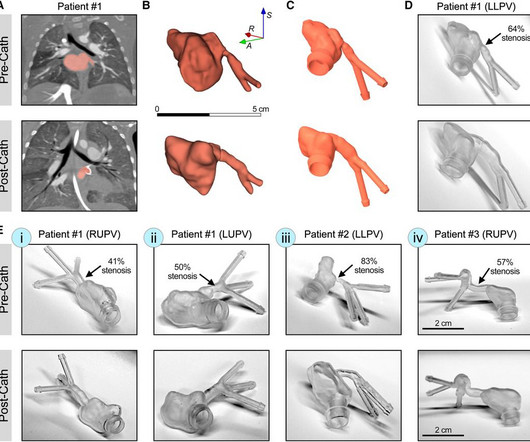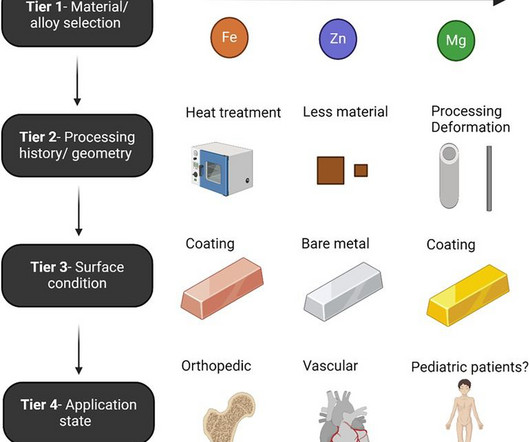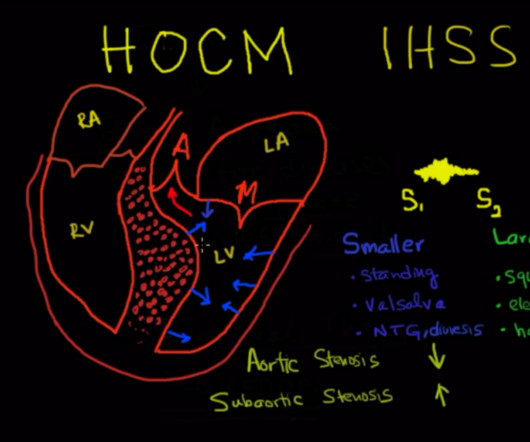PO-01-044 ARRHYTHMIA OCCURENCE AFTER TRANSCATHETER PULMONARY VALVE REPLACEMENT IN CONGENITAL HEART DISEASE PATIENTS
HeartRhythm
APRIL 30, 2024
Transcatheter pulmonary valve replacement (TPVR) has become a safe and effective alternative to surgical PVR in tetralogy of Fallot (TOF), isolated pulmonary stenosis (PS), and other congenital heart disease (CHD) variants.























Let's personalize your content